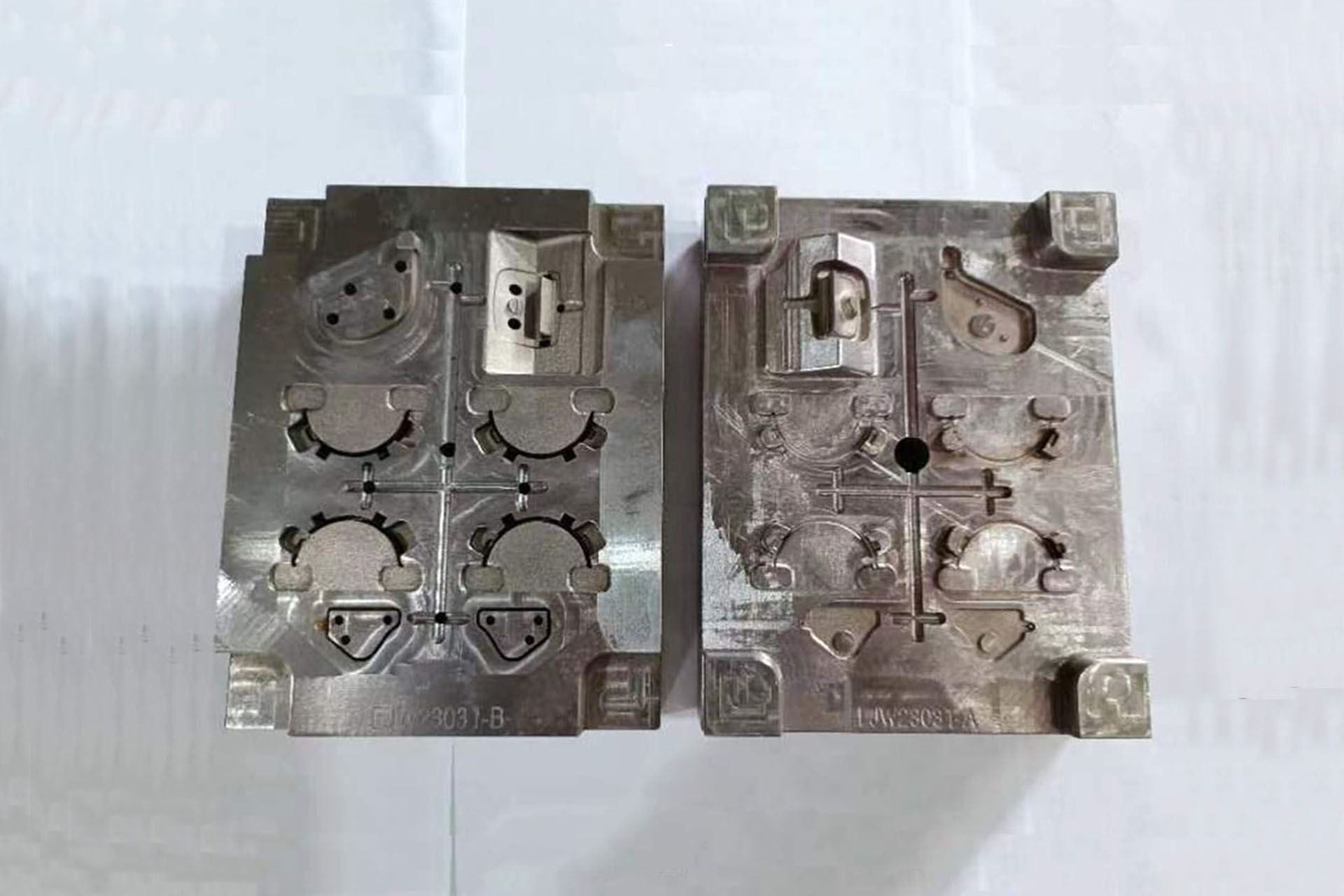What process can achieve one-stop service from prototype to mass production?The answer is the injection molding , which refers to the process of making semi-finished parts of a certain shape from molten raw materials through operations such as pressurization, injection, cooling, and separation. Since the use of multi-cavity injection molds can produce multiple parts per cycle, injection molding can provide a one-stop service from prototype to mass production, making it ideal for producing large quantities of plastic parts.

Injection molding advantages include but are not limited to the following:
1. Injection molding provides complex part design
Injection molding can handle highly complex parts, provides consistency, and offers the ability to manufacture millions of nearly identical parts. The effectiveness of high-volume injection molding and maximizing part accuracy and quality means taking critical design elements into consideration.
Part design must maximize the efficiencies inherent in high-volume molding. With an ideal design, parts can be manufactured with high quality without sacrificing complexity.
2. Injection molding can improve production efficiency and speed
Compared to other methods, the injection molding process is faster and high production throughput rates make it more efficient.
Speed depends on the complexity and size of the mold, but there are only about 15-120 seconds between each molding cycle. Because the cycle times between cycles are shorter, more injection molded parts can be produced in a given production time.
3.Injection molding is stronger
Over the years, the strength and durability of plastics have improved significantly. Modern lightweight thermoplastics can withstand even the harshest environments as well as, and in some cases, better than metal components.
In addition, there are more than 25,000 engineering materials available for complex injection molding applications. High-performance plastic blends and hybrids can also be manufactured to meet specific part requirements and properties, such as high tensile strength.
4.Injection molding is more flexible in terms of colors and materials
The plastic injection molding process offers flexibility. This flexibility can be reflected in the properties of the plastic used, or in the OEM’s ability to customize color selections to meet specific project requirements. The benefit of plastic injection molding is that it gives OEMs freedom of design choice, especially compared to metal. Many materials can be used.
The molding process can produce transparent parts or a variety of colors by adjusting plastics, additives and biocompatibility to achieve the desired color. However, when multiple colors are often required for a product, this can be achieved through overmolding.
5.Injection molding can reduce waste
Compared with traditional manufacturing processes, plastic injection molding processes produce very little post-production waste. Any waste plastic usually comes from gates and runners. However, any unused or discarded plastic can be reground and recycled for future use.
6.Injection molding has low labor costs
Labor costs for injection molding operations are relatively low compared to other types of molding processes. The ability to produce high-level parts at high productivity helps reduce manufacturing costs through its efficiency and effectiveness.
Molding equipment often comes with automatic pouring, automated process tools to keep operations streamlined and large-scale production to occur with minimal supervision.
7.Injection molding offers a variety of surfaces
Most injection molded parts have a smooth surface finish that is close to the desired final appearance. However, the smooth appearance is not suitable for all applications. Depending on the physical and chemical properties of the plastic material used, the plastic injection molding manufacturing process creates a surface finish that does not require secondary operations. The process offers flexibility in surface treatments, from matte surfaces and unique textures to engravings.
8.Injection molding creates lightweight products
Although they are most common in the automotive industry, original equipment manufacturers use lightweight plastic injection molded products in many industries. Using plastic parts helps reduce weight compared to using metal parts. Today, high-strength, lightweight thermoplastics can replace metal parts with little difference in strength or durability, just weight.
9.Injection molding can use many types of plastics
Complex part designs often require components made from different materials. While this may seem simple, combining plastics safely can be complex. In any case, the plastics expertise of mold project engineers reduces the risk of defects, injury and warranty claims by ensuring compatibility.
10.Injection molding has consistency
Producing high-volume yet complex plastic parts requires consistent, repeatable processes to achieve designs with tight tolerances. The injection molding production process helps ensure consistent quality because each part continues to use the same mold and is backed by continuous improvement practices for injection molding machines that incorporate the latest leading technologies.
11.Injection molding can create precision products
Properly maintained, modern high-speed injection molding equipment allows for mass production of precision molded plastic parts. This molding process is the best choice for the production of plastic parts such as connectors and gears that require high-precision production with tolerances up to +/-0.0002 inches.
12.Injection molding reduces product development time
The diverse skill sets of injection mold engineers can help OEMs achieve shorter product development times. Doing so ensures faster production cycles and brings defect-free parts to market faster, which is a decisive competitive advantage for manufacturers.
Related Posts: